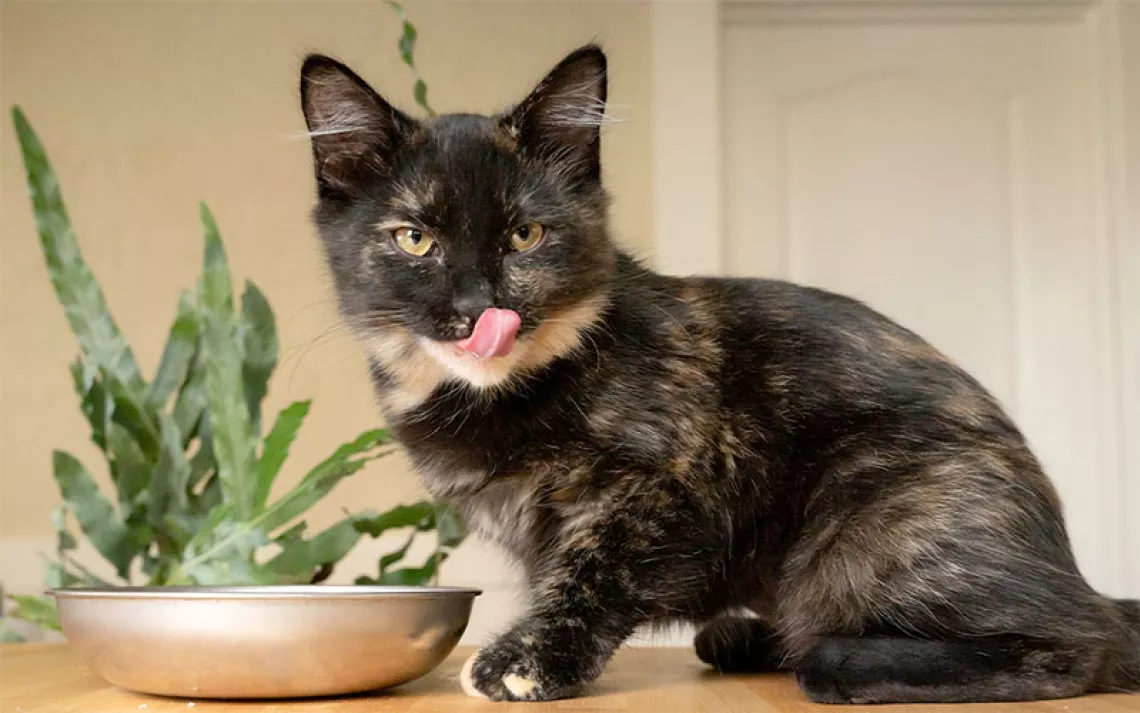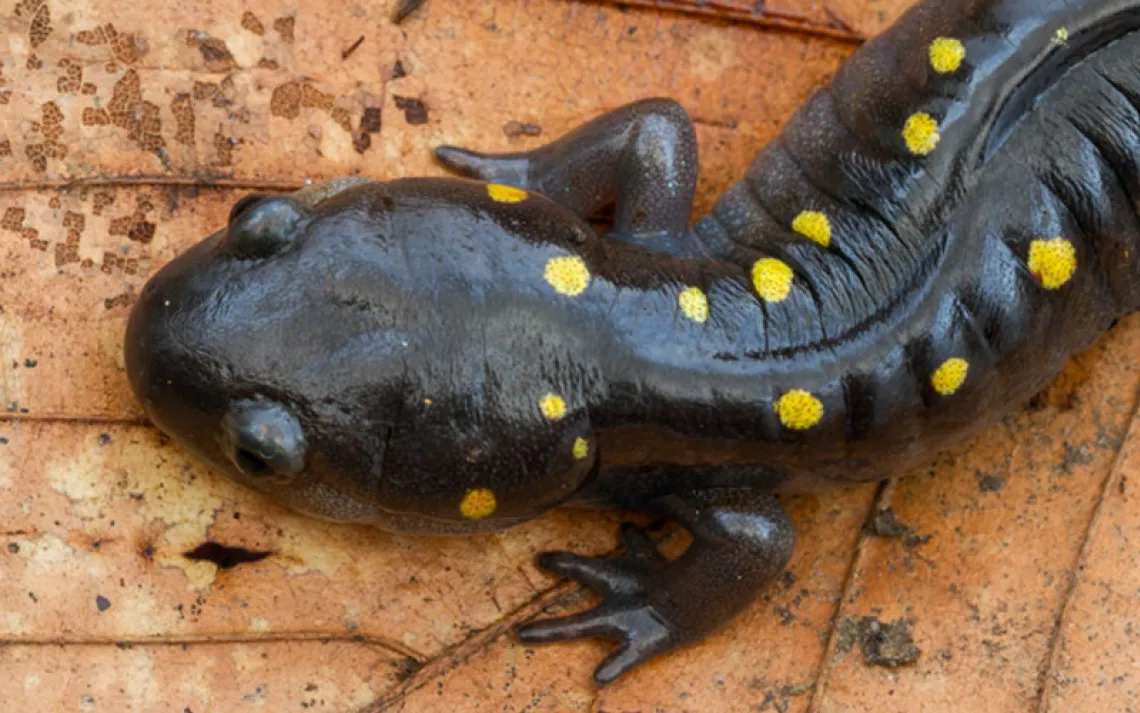Where the Wild Things Are in the Nighttime
Not many humans are nocturnal, but a lot of other animals are

Illustration by Kailey Whitman
I'd never considered myself outdoorsy. It's not that I disliked being outside, but I associated "outside" with daytime, and daytime was a world to which I'd never belonged.
I have a circadian rhythm disorder called delayed sleep phase disorder, or DSPD. It runs in my family, but my case is extreme: I grow tired when the sun rises and wake up when it sets. That has left me indoorsy by default. When others are out hiking or kayaking, I'm in bed, asleep.
One night, googling "night owls," I stumbled upon a feed from an infrared camera trained on a nest. It was some thousand miles away, in the crook of a tree, beneath the sweeping arc of a pine bough. At the center of the nest sat an actual night owl: a great horned owl, her eyes glowing like enormous parallel moons.
Eventually she stood to stretch her legs, and I saw she'd been sitting on an egg. She rolled it between her feet, then wiggled back into position. Awake, awake, she sat.
From then on, I watched her constantly. During the day, viewers of the owl cam numbered in the hundreds, but at night, sometimes it was just me and her. I'd adjust in my desk chair. She'd shift in her nest bole. I'd make a sandwich in my darkened kitchen. She'd get delivery—a male owl passing her a fresh kill, which she'd hork down whole, emitting happy little chirps as I dabbed my mouth with a napkin. In the daytime, she was still there, sleeping on my phone next to my pillow. Sometimes we were awakened by noisy neighbors (crows in her case, humans with power tools in mine), but mostly we'd sleep, the sun seeping in through the gaps in my window shades, her feathers ruffling gently in the wind.
I was still watching when a star-shaped crack appeared on the surface of the egg. Later I watched as the owlet grew, the circular discs flattening around its eyes, its tiny ear tufts sprouting. I watched as it learned to swallow prey and practiced hunting skills on a pine cone. I watched as it earnestly flapped its wings, until one night, it flew.
When the owlet left, the mother left with it.
I thought they might come back, if only to sleep, but the camera remained trained on an empty nest. Without their company, I felt a sudden urge to go outside.
Outside wasn't the outdoors that everyone raves about. There was no green grass, no blue sky, only shades of gray and shadow. But I could breathe easy in the fresh night air, which smelled faintly of skunk spray and night-blooming flowers. In the moonlight, I saw bunnies playing in the streets. Coyotes slunk through the grass, and bats coasted like shadows overhead. I wondered whether they recognized me as one of their own, just another nocturnal creature going about her night. And the sky! In the day, it's just sun and clouds, but at night, it's the whole universe.
One night, I ventured into the woods. It was silent except for the crunch of leaves underfoot and the creaky moans of the trees. Then suddenly, in the periphery, a movement. Before I knew what was happening, it swooped down onto a branch just overhead: a great horned owl.
I was stunned by the bird's three-dimensionality, by the reciprocity of our gaze. It stared at me for some time, then launched into the air and disappeared into the night.
I stood awhile in that spot, watching the sun rise in streaks of pink over the horizon. Then I went home and let the day birds outside my window sing me to sleep.
 The Magazine of The Sierra Club
The Magazine of The Sierra Club



